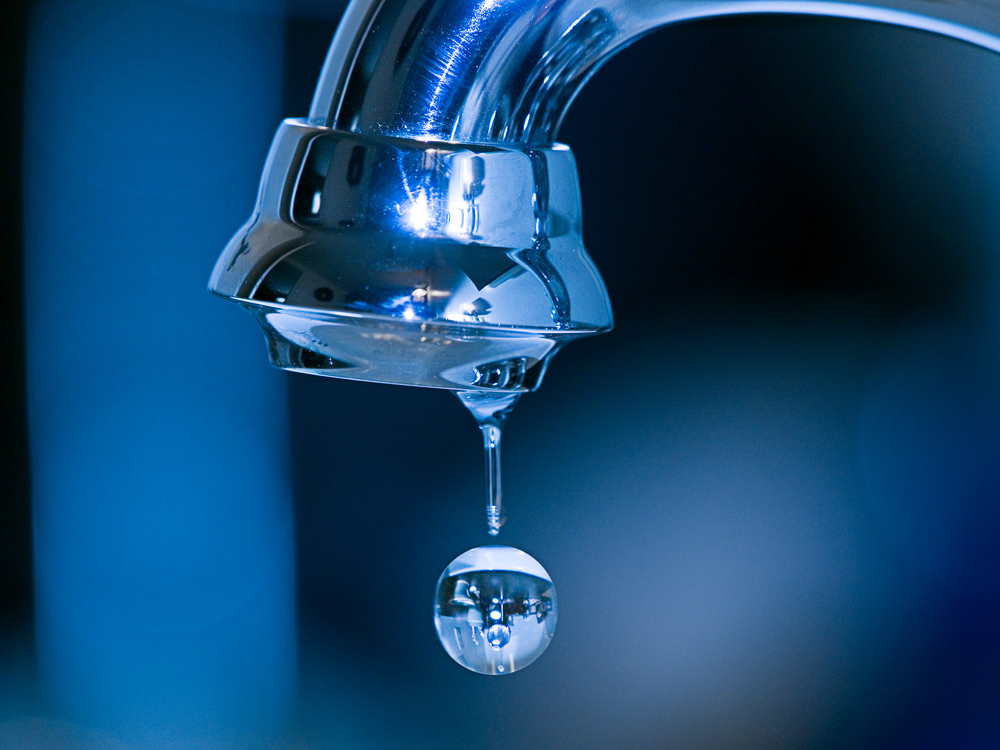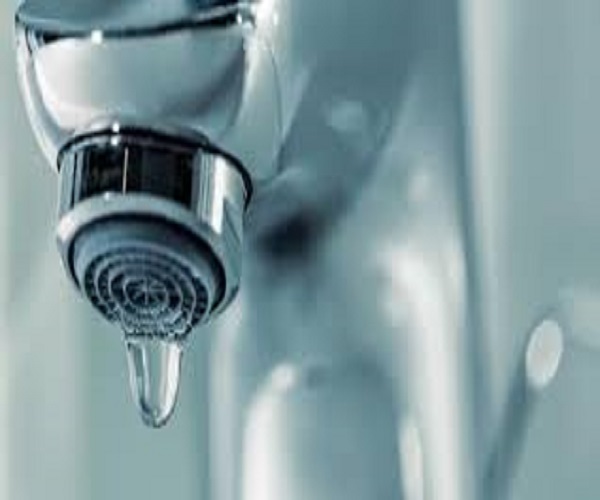Are you currently hunting for ideas around Health Risks Posed by Leaking Faucets?

Introduction
A dripping tap might seem like a small aggravation, yet its repercussions expand much past the periodic drip. Understanding the effects of a dripping tap is crucial for both house owners and the environment. In this article, we'll discover the various influences of this common house issue and why addressing it quickly is crucial.
Root Causes Of Leaky Faucets
Dripping faucets can result from a variety of elements, including damage, high water stress, and deterioration. In time, the continuous use of faucets can lead to damaged seals and gaskets, triggering leaks to establish. Furthermore, extreme water stress can put strain on plumbing fixtures, causing leaks. Rust and corrosion can also damage tap parts, making them vulnerable to leakage.
Water Wastage
One of one of the most significant repercussions of a dripping tap is water wastefulness. Even a tiny drip can amount to gallons of wasted water in time. This not just drives up water expenses yet additionally adds to water scarcity and environmental destruction. Addressing dripping taps promptly is crucial for conserving this valuable resource and minimizing its influence on the world.
Financial Influence
Along with drainage, leaking faucets can likewise have a considerable economic impact. Boosted water bills are a direct repercussion of water waste, setting you back homeowners numerous dollars every year. In addition, the cost of repairing water damage caused by leaks can be substantial, particularly if left ignored for a prolonged period.
Environmental Impact
The environmental effect of dripping faucets extends past water wastefulness. By conserving water, homeowners can contribute to broader efforts to mitigate water deficiency and secure all-natural ecosystems. Sustainable options such as rainwater harvesting and water-efficient fixtures can further lower the environmental footprint of family water use.
Technological Solutions
Improvements in modern technology have resulted in the advancement of clever taps and water-saving devices that help reduce water waste. Smart taps make use of sensing units to find movement and adjust water circulation appropriately, decreasing waste without compromising comfort. Water-saving devices such as aerators and low-flow showerheads are likewise efficient in preserving water without endangering efficiency.
International Perspectives
While leaky faucets may feel like a local issue, they contribute to broader global challenges such as water scarcity and climate change. In regions currently encountering water stress and anxiety, every decline counts, making leakage avoidance and repair service crucial. By taking on water-saving techniques and purchasing sustainable technologies, homeowners can play their component in resolving these pushing worldwide problems.
Regulatory Measures
Government regulations play an important duty in mitigating the influence of leaking faucets and promoting water conservation. From constructing codes that need water-efficient fixtures to water-saving rewards and refunds, policymakers have a variety of tools at their disposal. By carrying out and applying these guidelines, governments can ensure that home owners focus on water conservation in their lives.
Neighborhood Effect
Dealing with dripping faucets requires cumulative efforts at the neighborhood level. By elevating understanding about the value of water conservation and giving resources for leakage detection and fixing, regional authorities can encourage property owners to take action. Efforts such as water-saving discount programs and leak discovery campaigns can incentivize habits change and advertise liable water usage.
Case Researches
Real-life instances of the effect of dripping faucets emphasize the significance of aggressive maintenance and prompt repairs. From water damage to increasing water bills, the repercussions of ignoring leaks can be extreme. By sharing these study, property owners can much better recognize the significance of attending to leaky taps promptly.
Educational Campaigns
Educational campaigns play a critical role in increasing recognition about the effects of dripping taps and promoting water conservation methods. Through workshops, workshops, and on-line sources, homeowners can discover just how to spot and repair leaks themselves. By equipping people with understanding and tools, instructional projects can cultivate a society of accountable water usage within communities.
Health Concerns
Dripping taps can develop conducive settings for mold and mold growth, posturing wellness threats to owners. The existence of mold can aggravate respiratory problems and allergies, especially in prone individuals. Additionally, water damage resulting from leaks can jeopardize the architectural honesty of structures and lead to expensive repair work.
Do it yourself vs. Professional Repair
When faced with a leaky tap, homeowners commonly dispute whether to try repair work themselves or hire a professional plumber. While do it yourself repair services can conserve money, they might not constantly attend to the underlying issue properly. Specialist plumbing professionals have the experience and tools to diagnose and fix leakages properly, ensuring lasting options and assurance for homeowners.
Safety nets
Avoiding dripping faucets calls for routine upkeep and positive measures. Straightforward tasks such as changing damaged washers and seals can protect against leaks from creating. Additionally, updating to top quality components and decreasing water stress can help lengthen the lifespan of taps and minimize the danger of leakages.
Conclusion
Finally, the effects of a leaking tap extend much past the occasional drip. From water waste and raised water costs to health and wellness worries and ecological effect, the consequences of ignoring leaks can be substantial. By resolving dripping faucets promptly and taking on water-saving methods, homeowners can minimize these results and add to a much more lasting future.
Causes and Consequences of a Leaky Faucet
Although it’s a relatively common issue, many people don’t know what causes a leaky faucet. Additionally, few homeowners are familiar with the consequences of leaky taps, causing them to ignore the problem. However, much of the damage caused by leaky faucets can be prevented by reacting swiftly.
In this article, we’ll provide a better understanding of leaky faucets by listing their causes and consequences.
What causes a leaky faucet?
Many internal pieces of the faucet responsible for turning the water on and off can break. Consequently, they can’t function correctly and will give rise to leaks. Here are a few common causes of leaks:
Loose washers
The washer opens and closes when turning the faucet on and off. This movement produces friction, causing wear and tear. Over time, the washer gets worn out and won’t fit closely to the valve seat, leading to a leak.
Worn out O-rings
O-rings seal gaps between the internal parts of the faucet. If they fail, water can seep through these gaps and result in a leaky faucet.
Poor seals
Many faucets have inlet seals that let water freely flow when turning the faucet on and stop when it is turned off. If there’s too much sediment or water pressure, the seals can suffer damage and cause the faucet to leak.
Corroded valve seat
The valve seat sits at the bottom of the faucet’s mechanism. It plays a part in turning the tap on and off, and it can corrode due to repeated usage. If so, water will be dripping around the handle area.
Worn out faucet cartridge
Single-handle faucets have a faucet cartridge that helps control the water flow. Due to normal wear and tear, the cartridge can start leaking.
What are the consequences of a leaky faucet?
- High water bills – Dripping faucets can lead to much higher water bills due to the amount of water wasted. In particular, as much as 17 gallons of water can be wasted during a single day if a faucet has about one drip per second.
- Mold and rot – Mold can develop in any moist area, making the area around leaky faucets an ideal breeding ground. Also, any wooden elements affected by the leak can eventually rot.
- Overflows and drain clogs – If the leak persists for a while, it can cause a lot of stress on the plumbing system and lead to overflows and drain clogs.
- Water stains – Minerals accumulating in the sink due to a leaky faucet can be quite tricky to remove. In the worst-case scenario, you might need to buy a new sink.
https://www.jimmyjoesplumbing.com/blog/causes-and-consequences-of-a-leaky-faucet

We had been brought to that write-up on Here's How to Fix a Leaky Faucet from a good friend on a different website. For those who appreciated our blog posting kindly don't forget to share it. Thanks for being here. Please stop by our site back soon.
Comments on “Understanding Which a Dripping Faucet May Harm Your Home”